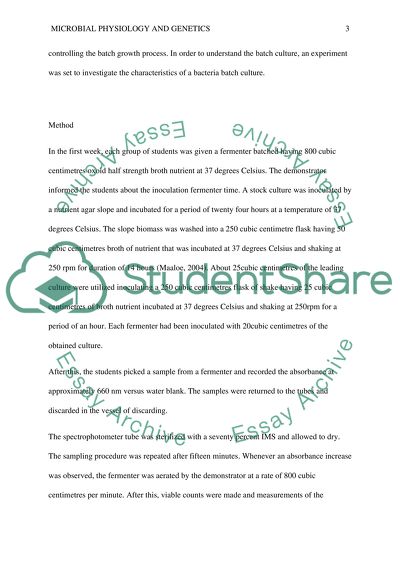Cite this document
(“( continuous culture) microbial physiology and genetics Assignment”, n.d.)
Retrieved from https://studentshare.org/health-sciences-medicine/1460023--continuous-culture-microbial-physiology-and
Retrieved from https://studentshare.org/health-sciences-medicine/1460023--continuous-culture-microbial-physiology-and
(( Continuous Culture) Microbial Physiology and Genetics Assignment)
https://studentshare.org/health-sciences-medicine/1460023--continuous-culture-microbial-physiology-and.
https://studentshare.org/health-sciences-medicine/1460023--continuous-culture-microbial-physiology-and.
“( Continuous Culture) Microbial Physiology and Genetics Assignment”, n.d. https://studentshare.org/health-sciences-medicine/1460023--continuous-culture-microbial-physiology-and.


